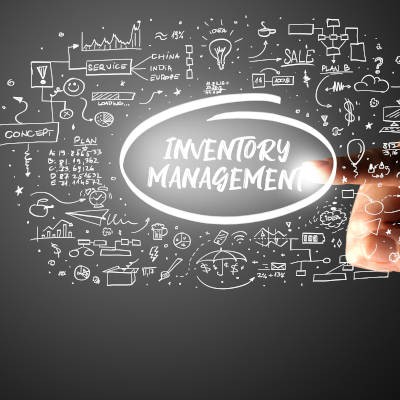Directive Blogs
Tip of the Week: How a Hokie Gift Can Revolutionize Your Network
How many times have you gone to the store and bought something that you already had? Unfortunately, this happens all the time, but fortunately it’s usually a half gallon of milk or a loaf of bread. When it happens in your business, it can be much more expensive. Today, we will advocate for an inventory strategy that will keep you from spending wads of cash on redundant investments.
Track Your Hardware
The first part of your inventory strategy is surprisingly an analog one.
Well, kind of.
You will want to inventory all of your hardware. That includes servers (and server components) all the way down to your organization's extra mouses (did you know that multiple computer pointing devices can technically be referred to as mouses, and not mice?). The best way to go about doing this is to get yourself a label maker. No kidding. Today, there are label makers that are under $100 that allow users to print out labels with barcodes or qr codes on them. Tagging your hardware with labels that tell you everything you need to know about the item when the code is scanned can go a long way toward helping you manage your business’ physical inventory.
Inventory Management
The second part of a comprehensive inventory strategy is to utilize an inventory management platform. An inventory management system (IMS) is a tool that provides users with a way to track goods across your business. An IMS can provide your business with the transparency it needs to cut down on redundancy as well as manage your technology and other inventory.
Using IMS software, you can set up a lot of automated processes that can automatically order items, alert staff to restock items, and much more. For the inventory management platform to work, however, you will want to ensure that yours delivers the following features:
- Barcode scanner - An obvious addition that allows quick information on any tagged item.
- Optimization - Make sure that you have the right amount of a product. Overstocking and under-stocking can be problematic for numerous reasons.
- Report generation - Being able to view sales history, manage current inventory, manage sales levels and more.
- POS integration - One beneficial strategy is to integrate your point-of-sale system and your IMS.
- Purchase order management - Get an IMS that gives you a single view of purchasing records.
Some inventory management systems come with additional features that automates warehouse management and gives you a look at product demand. For the average business that is just using their IMS to inventory their own assets, some high-end platforms may be overkill. The point is to be able to manage the assets you have.
If you would like to talk to a professional technician about an inventory management system or just discuss the best practices of keeping your technology managed properly, call Directive today at 607-433-2200.



Comments